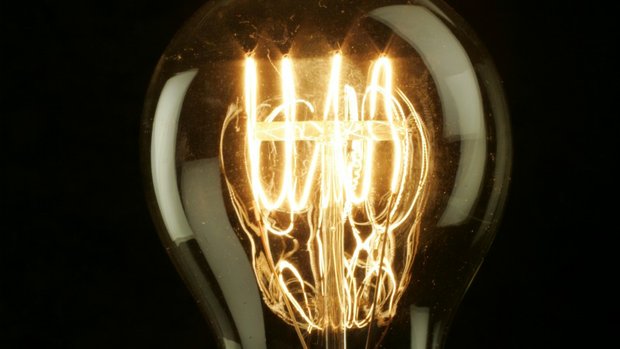Besides funding major programs, the federal spending bill that the Senate passed Thursday contains a provision that has gained little notice yet affects consumers nationwide.
The legislation, which now heads to President Barack Obama, withholds federal funding for enforcement of rules that effectively prohibit the manufacturing, import and distribution of 40- to 100-watt incandescent light bulbs in the United States.
It’s the latest chapter of debate related to the Energy Independence and Security Act of 2007, which pulled the plug on the 100-watt incandescent bulb in 2012 and then the 75-watt bulb last year. The final step of the phaseout, which began Jan. 1, essentially bans 40- and 60-watt incandescent bulbs, which make up more than 60 percent of all bulbs sold annually, according to the American Lighting Association.
The no-enforcement-funding measure, which was championed by various GOP lawmakers and some consumer choice advocates, comes amid low public awareness of the incandescent-bulb issue. In November, The Futures Company research group found that two-thirds of the 1,000 adult consumers it surveyed nationwide didn’t know about the phaseout.
Groups that monitor the topic had differing reactions to the light-bulb provision in the new spending bill.
“This is almost petulant on their part,” said Sachu Constantine, director of policy for the San Diego-based California Center for Sustainable Energy. “They don’t like the fact that this (phaseout) might work, so they’re going to take their money and go home.”
Adrian Moore, a vice president for the Reason Foundation, a free-market think tank in Los Angeles and Washington, D.C., called the phaseout a bad idea but didn’t see the Senate’s vote as having a long-term effect.
“This isn’t going to make getting incandescent bulbs any easier,” he said.
Moore also said stores still will be hesitant to carry the bulbs for fear that environmental groups will sue them.
Phallan Davis, public information officer for the National Electrical Manufacturers Association, said she doesn’t think the spending-bill provision will influence the market. “From our perspective, the transition is already complete,” she said of the association, which represents 95 percent of all light-bulb makers in the nation.
Manufacturers responded to the 2007 law by retooling their operations to meet the new standards, she said.
“It’s likely that most consumers won’t notice that the change has happened, as is the case with the 100- and 75-watt (incandescent) bulbs that transitioned over the last two years,” Davis added.
Trishah Woolley, who runs the website LightBulbChoice.com, said she was pleased about the delayed federal enforcement because it could give more time to examine whether replacement bulbs are as good as advertised.
Woolley, a New Jersey resident who once worked at UC San Diego, said environmentalists may turn against the new bulbs if more evidence becomes available that they don’t last longer than incandescent ones and take more energy to produce.
“People are really going to start getting upset when their reserve runs out and they’re stuck,” said Woolley, who has a condition called Irlen Syndrome that makes her eyes sensitive to fluorescent lights. “Americans don’t like not having freedom of choice.”
Join the Forum discussion on this post







